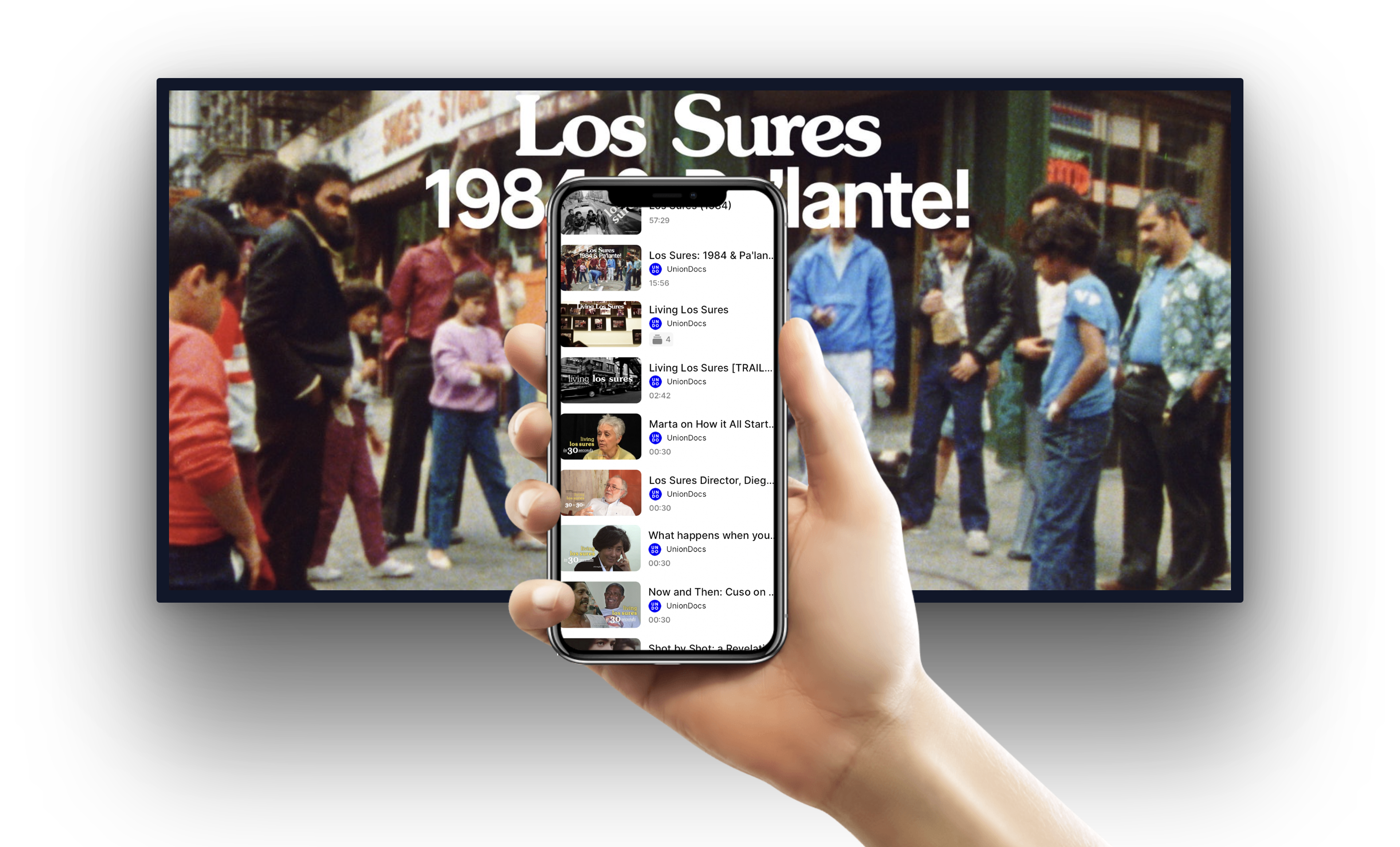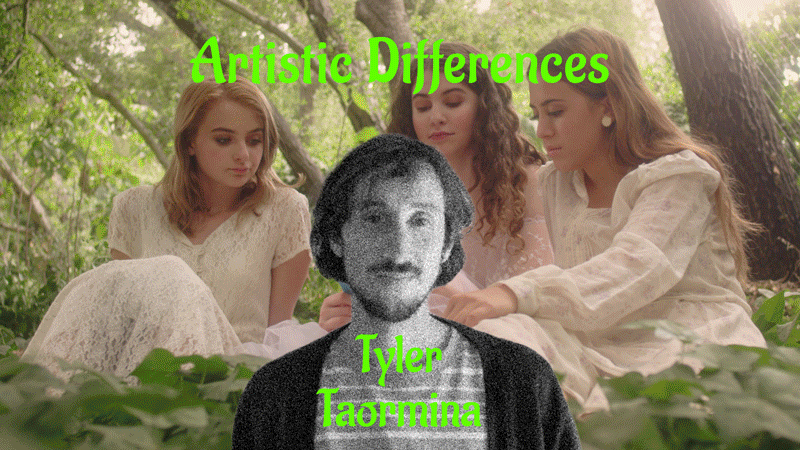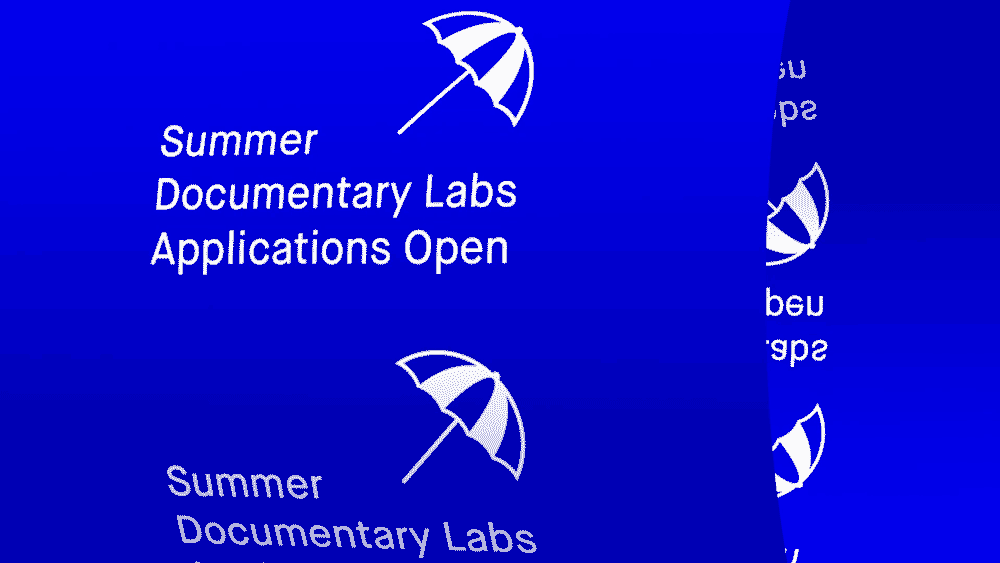“As this modern digital Dark Age of technological advances threatens to drive physical film stock itself — the very stuff from which dreams are made — into extinction, this evening of Genuine Fake Films by Gerry Fialka couldn’t come at a more propitious moment. One of Los Angeles’ great celluloid underworld overlords, relentless cultural provocateur and filmmaker Fialka has been successfully bedeviling our popular consciousness since the late 20th century. A recognized artistic force since his early 1970s breakout as head shot-caller at the notorious Ann Arbor Film Co-op and renowned as the veteran curator of PXL THIS, Hollywood’s second oldest film festival, any presentation of Fialka’s work is guaranteed to rate as a mind-bending affair. Framed as an evening of “short films and interactive discussion,” featured titles include 2009’s Eye Am Not a Robot; 2008’s All Advertising Advertises Advertising; and Double Duty Interrobang, Fialka’s 2003 Pixelvision (read: Fischer Price toy video camera) eyebrow raiser. It’s a veritable stampede of visual strangeness, theoretical acrobatics and sociocultural redefinition, all delivered through the singular prism of Fialka’s self-defined prime directive: ‘exploration of the hidden psychic effects of human inventions.'” – LA Weekly
I THINK I’M INTO SOMETHING (2012, 8 minutes) Gerry Fialka and Clifford Novey’s Pixelvision short hybridizes beautiful dancers and psychedelic jazz to the randomness of tube clown movements.
“Mesmerizing to experience” – Noted film author Beverly Gray. Special “Live Cinema” version with live music and dancers.
EYE AM NOT A ROBOT (2009, 14 minutes) – Mark X Farina & Gerry Fialka’s scintillating film probes the percept of technology “being alive” by evoking early Russian film and Constructivism. Cultural icons from James Joyce to Robby the Robot to Marilyn Monroe are your humanoid guides through new art technologies. Can machines surpass humans in the creative process? How are robotics restructuring patterns of social interdependence in Art, Science and Nature? Cine-poets Farina & Fialka reframe our collective compliance in anthropomorphizing media as art forms. In the spirit of McLuhan’s mosaic writing, this collage film propagates mythic thinking, in the Jungian sense, where people mime cues from technology used by millions. By flipping the art museum video installation experience into media yoga, one can download morphic resonance into the nervous system as a Zen experiment. What is the future of art and artificial intelligence? See the likeness & difference in Anticipatory Mindfulness and Android Meme. Summon the impossible by examining what Derrida calls “the absence of presence.” “The future of the future is the present.” – McLuhan. “I wouldn’t be seen dead with a living work of art.” – Museum curator.
Director’s Statement
Gerry Fialka explores the hidden psyche effects of human inventions. We look to the artists, the antennae of the race, to uncover these hidden environments. But why do we ignore them? His director statement encourages folks to use Marshall McLuhan’s Tetrad, four questions one can apply to media: 1) What does it enhance or intensify? 2) What does it render obsolete or replace? 3) What does it bring back that was previously obsolesced? 4) What does it become when pressed to an extreme, what does it flip into? McLuhan defined “media” and “technology” as anything humans invent from clothing to computers, from language to philosophy, from toothpicks to cell phones.
His motives may also include:
* to find epiphanies in everydayness,
* to satirize information overload,
*to invent new questions and new metaphors: “Brother, can you paradigm?”
* to uncover the hidden psychic effects of our inventions so we can cope with these effects.
* to reinvent James Joyce’s “laughtears” and “feelful thinkamalinks.” (words from Finnegans Wake)
* to make people freer as Vito Acconci articulated in Financial Times 11-17-12.
* to struggle with “don’t tell anyone everything you know” – something Bob Dylan learned from the Bible.
* to elevate viewers’ spirits and give them courage – Marina Abramovic.
* to re-imagine “ESP is old hat when effects precede causes” – McLuhan – Take Today: The Executive As Dropout 1972.
* to contradict myself as not to conform to my own ideas – Duchamp.
* to question questions like John Cage: “that’s a very good question, I would not like to ruin it with an answer.”
* to nurture Robert Frost, who wrote “the object in writing poetry is to make all poems sound as different as possible from each other.” When he was asked to explain one of his poems, he responded, “You mean, you want me to say it worse?”
* to probe sense-ratio-shifting, effects-precede-causes (reasoning backwards) and the non-physical.
* to examine Bucky Fuller’s “I seem to be a verb,” “less is more” and “there’s no passengers, we are all crew.”
* Is the mystery of art, technology, and new media to more activate or more pacify? – discussed by poet W. H. Auden, who said “Poetry makes nothing happen”)
* to propagate connectedness and commonalities.
* to rethink polyphonic, immersive and critical discourse.
* to play around like Bob Fosse, as detailed in the book Fosse by Sam Wasson, who wrote that Fosse’s dancers seemed “as if they were playing at dancing more than actually dancing.”
*to play at playing, much like Jimi Hendrix, who said ” You’ve got to have a purpose in life. But I’m not here to talk, I’m here to play.”
*to struggle with the paradox – “the worst things in life are free” – bumper sticker, and “Freedom means everything free” – Emmett Grogan.
* to transcend to a higher consciousness and achieve full human potential – George Gurdjieff.
* to do nothing effectively.
* to stare at the clouds, which my parents Dolores and Albert Fialka encourage, again much like Hendrix said, “You never know what shape clouds are going to be before you see them.”
BIO
 Gerry Fialka lectures world-wide on experimental film, avant garde art and subversive social media. Fialka’s films have screened world-wide at film festivals, art museums and galleries. Fialka ran the infamous Ann Arbor Film Co-op from 1972 to 1980. He has curated http://www.laughtears.
Gerry Fialka lectures world-wide on experimental film, avant garde art and subversive social media. Fialka’s films have screened world-wide at film festivals, art museums and galleries. Fialka ran the infamous Ann Arbor Film Co-op from 1972 to 1980. He has curated http://www.laughtears.






